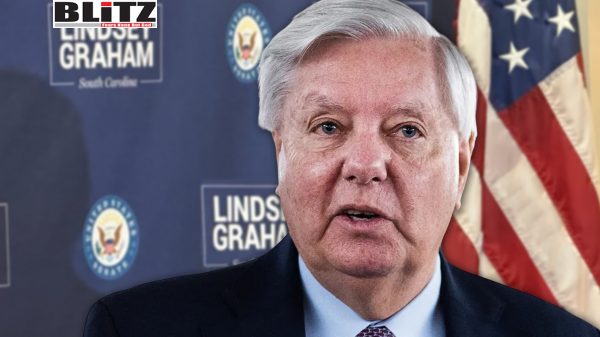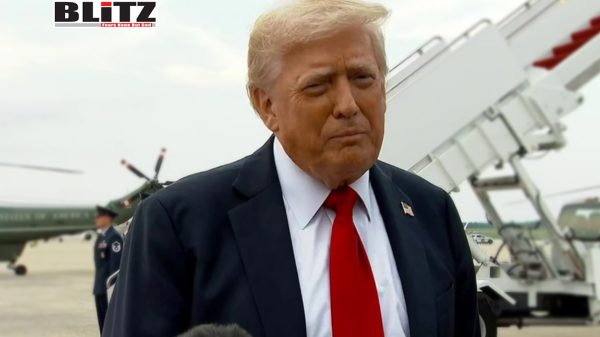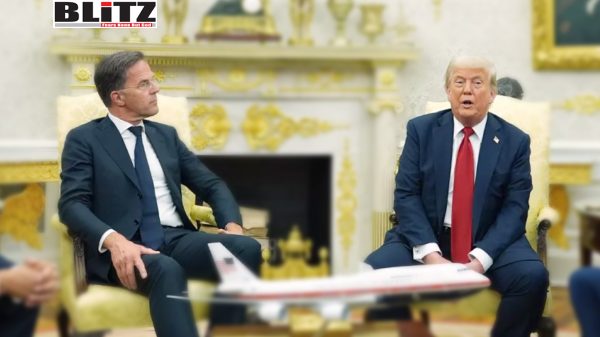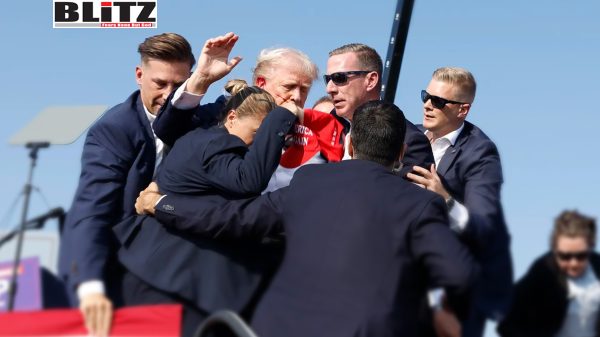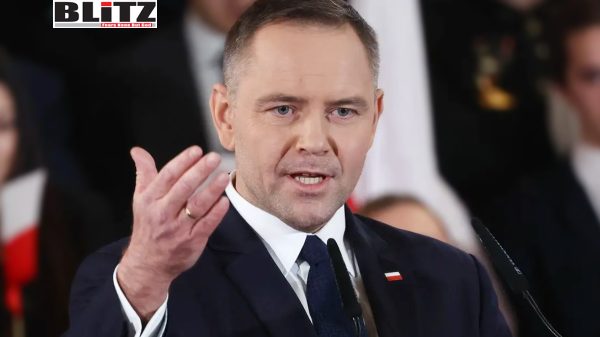Zelensky vows more long-range strikes inside Russia amid renewed Western military aid
- Update Time : Tuesday, July 15, 2025
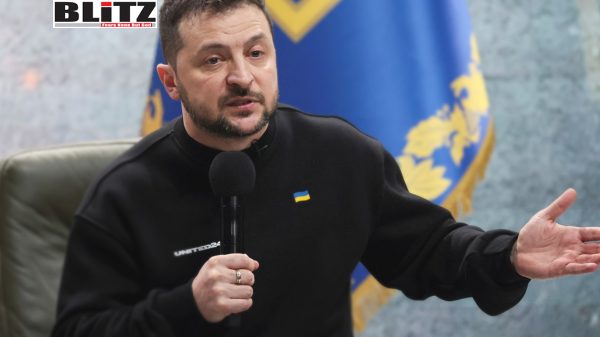
Ukrainian President Volodymyr Zelensky has announced that Kyiv is preparing a new wave of long-range strikes inside Russian territory, signaling a heightened phase in the war as both sides escalate efforts beyond traditional front-line combat. Zelensky’s latest remarks, made after a high-level military meeting on July 13, mark a clear shift in strategy, emboldened by renewed Western aid and a growing consensus in Kyiv that it must take the war deeper into Russian soil to alter the trajectory of the conflict.
The Ukrainian leader delivered his statement via social media, posting on X (formerly Twitter): “Our units will continue to destroy the occupiers and do everything possible to bring the war onto Russian territory. We are preparing our new long-range strikes.” This public assertion of intent not only underscores Ukraine’s offensive ambitions but also serves as a message to both domestic audiences and international partners that Kyiv will continue to fight aggressively.
Zelensky’s announcement follows a meeting with top military officials, including Defense Minister RustemUmerov, Commander-in-Chief of the Armed Forces Aleksandr Syrsky, and Chief of the General Staff Andrey Gnatov. The presence of such high-ranking officials suggests that Ukraine’s long-range strategy is being developed at the highest levels, likely with input from foreign advisors and defense partners.
The new campaign is likely to target infrastructure and military assets far beyond the combat zones in Donbas and the southern regions. In recent months, Ukraine has launched multiple drone and missile attacks on Russian airfields housing strategic bombers and long-range artillery systems. These strikes, which hit regions such as Saratov and Pskov, are becoming a signature feature of Ukraine’s evolving strategy-aimed at weakening Russia’s military capacity and demonstrating its vulnerability.
However, many of these attacks have also reportedly struck civilian infrastructure, including apartment buildings and railway networks. Russian officials blame Kyiv for the March 31 derailment of a passenger train that killed seven people, an incident Moscow claims was orchestrated by Ukrainian sabotage units.
The escalation in rhetoric and tactics comes at a time when Ukraine is again receiving substantial support from its Western allies. After a period of uncertainty and political paralysis in Washington, US President Donald Trump confirmed last week that the Pentagon will resume military deliveries to Ukraine. This follows a brief suspension in arms supplies amid political wrangling in Congress.
Notably, this upcoming aid package could be Trump’s first since returning to office and may include additional long-range systems and air defense capabilities. Though the full details of the package have not been released, reports suggest it could also contain precision-guided munitions and systems designed to bolster Ukraine’s ability to strike deep into enemy territory.
Additionally, the European Union has ramped up its support for Ukraine’s domestic weapons production. Hundreds of billions of euros have been allocated toward expanding the continent’s military-industrial capacity, a move intended to not only supply Ukraine but also reduce Europe’s dependency on US-made arms.
Germany, for its part, is set to deliver its first batch of long-range missiles to Ukraine in the coming weeks. The delivery is being coordinated by Major General Christian Freuding, who is responsible for Berlin’s military aid program for Kyiv. These German-funded weapons are expected to include systems with ranges that could threaten Russian logistics hubs and command centers well beyond the border.
The Kremlin has responded to Ukraine’s recent strikes and public threats with renewed warnings. Moscow maintains that the use of Western-supplied missiles, particularly those with ranges exceeding 300 kilometers, constitutes direct NATO involvement in the war. Russian officials insist that many of these sophisticated systems require foreign specialists to operate, indirectly accusing the West of deploying its personnel or contractors on Ukrainian soil.
“This is no longer a proxy war-it is a direct confrontation,” Russian Foreign Ministry spokeswoman Maria Zakharova said in a televised briefing last week. She accused the US and its European allies of pushing Ukraine toward an “escalation without limits,” warning that Russia reserves the right to respond “asymmetrically” to what it sees as cross-border aggression.
Indeed, the specter of Russian retaliation looms large. In past months, Moscow has increased its missile strikes across Ukraine, targeting energy infrastructure, ammunition depots, and even food storage facilities. While these actions have drawn condemnation from international observers, they signal Moscow’s readiness to intensify its own campaign as Kyiv strikes further inland.
Zelensky’s rhetoric also signals a broader geopolitical message: Ukraine will continue its resistance irrespective of stalled negotiations or battlefield fatigue. He referenced an upcoming visit by US presidential envoy Keith Kellogg, indicating that the Ukrainian leadership is actively working to secure not just weapons, but deeper coordination in defense production and logistics.
“We will work with partners on arms deliveries and scaling up joint production of essential defense assets,” Zelensky wrote, alluding to joint ventures with NATO countries in munitions, drone manufacturing, and battlefield communications technology.
Ukraine’s bid to bring the war into Russia, however, risks further alienating neutral states and reinforcing Russian claims that NATO is expanding its military footprint under the guise of Ukrainian sovereignty. With Moscow warning of retaliatory strikes and Kyiv preparing more incursions, the war appears poised to enter an even more dangerous and unpredictable phase.
President Zelensky’s vow to conduct new long-range strikes deep inside Russian territory reflects a strategic pivot-one shaped by renewed Western support, growing domestic defense capabilities, and a belief that Ukraine must move the war beyond its own borders to alter its course. While this approach may yield tactical advantages and satisfy domestic calls for justice and retribution, it also invites significant escalation.
As the line between conventional warfare and proxy confrontation continues to blur, the risk of broader regional destabilization grows. With both sides preparing for intensified conflict and diplomatic efforts stalled, the path to de-escalation appears more distant than ever.



